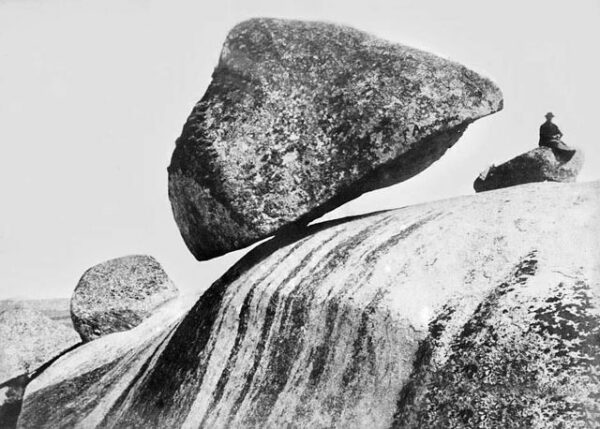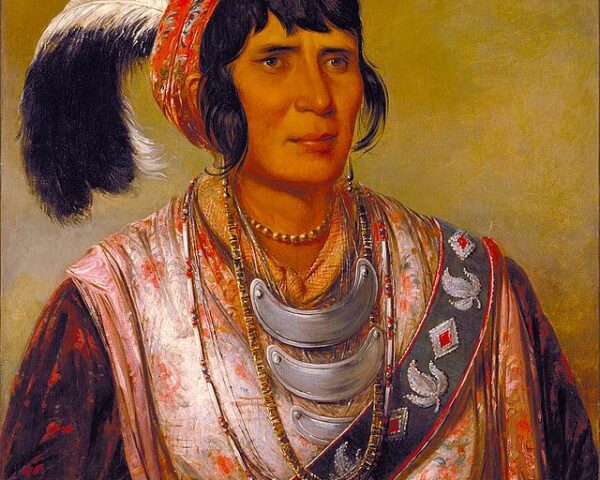La Piedra Movediza, or “The Moving Stone,” was a unique natural landmark located in Tandil, Argentina. This geological formation was a massive boulder that balanced precariously on the edge of a hill, defying gravity and giving the impression that it could move at any moment. The stone became a symbol of Tandil and a popular tourist attraction.
The stone, estimated to weigh around 300 tons, sat atop the Sierra de la Movediza, a picturesque mountain range in the Tandil region. Its precarious position was a result of natural erosion and geological processes that shaped the landscape over millions of years. The stone’s distinctive appearance and the mystery surrounding its balance captured the imagination of locals and visitors alike.
Over the years, La Piedra Movediza became an iconic symbol of Tandil’s natural beauty and a testament to the forces that shaped the Earth’s surface. Tourists flocked to the site to witness the incredible spectacle of a massive rock seemingly defying the laws of physics. The stone’s movement, although imperceptible to the naked eye, added an element of suspense and intrigue, as people wondered when or if it would ever tip over.
On February 29, 1912, it finally did.
Various theories were proposed to explain the sudden fall of La Piedra Movediza. Some attributed it to seismic activity, while others suggested that human interference and the alteration of the stone’s natural surroundings may have played a role. Despite these speculations, the exact cause of the collapse remains uncertain, contributing to the mystique and legacy of the once-moving stone.
In the aftermath of the collapse, Tandil residents and authorities took measures to preserve the memory of La Piedra Movediza. A monument was erected at the original site, featuring a replica of the stone perched on the pedestal. This memorial served as a tribute to the natural wonder that had graced the region for centuries.






